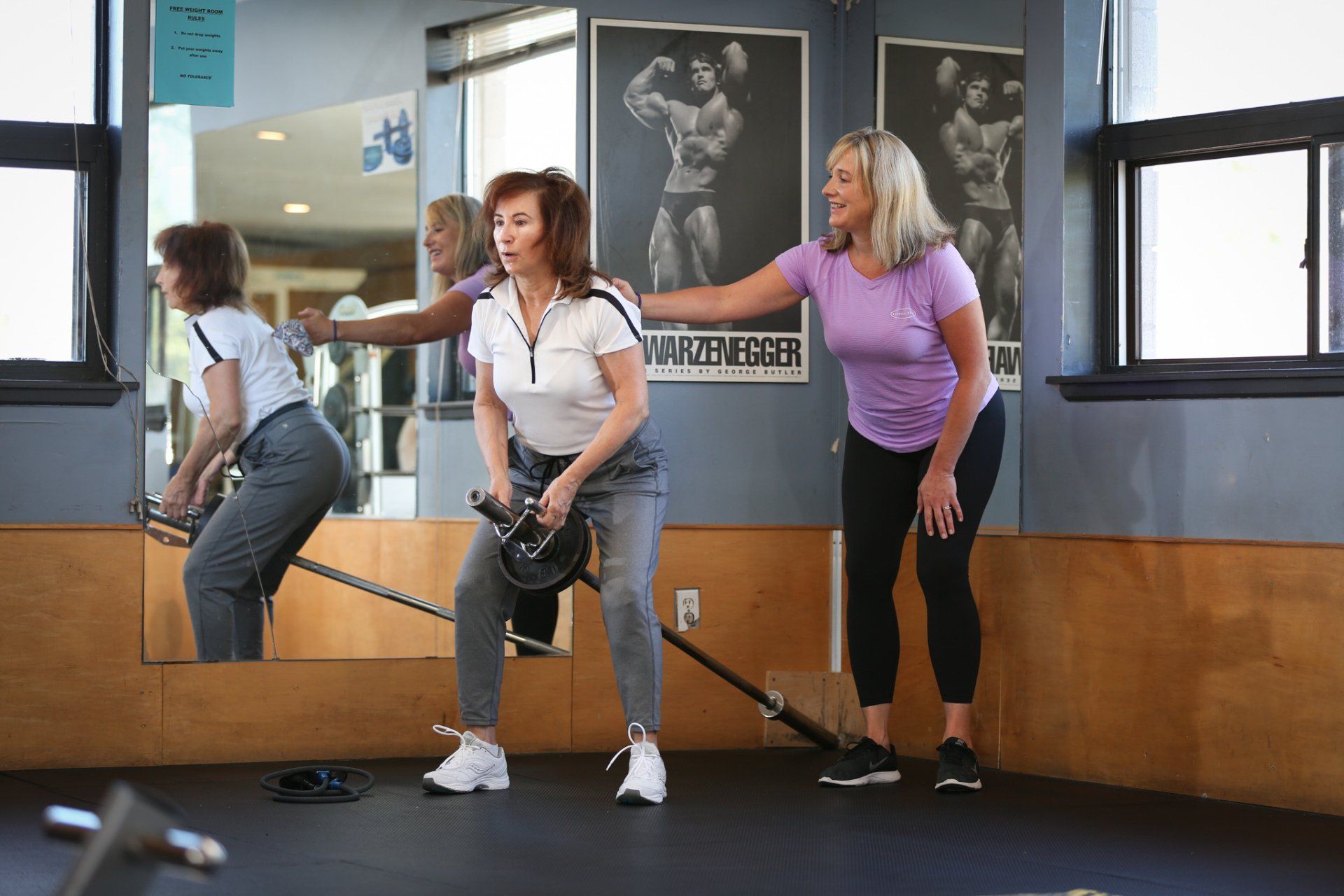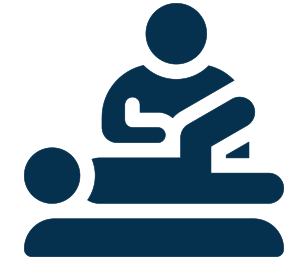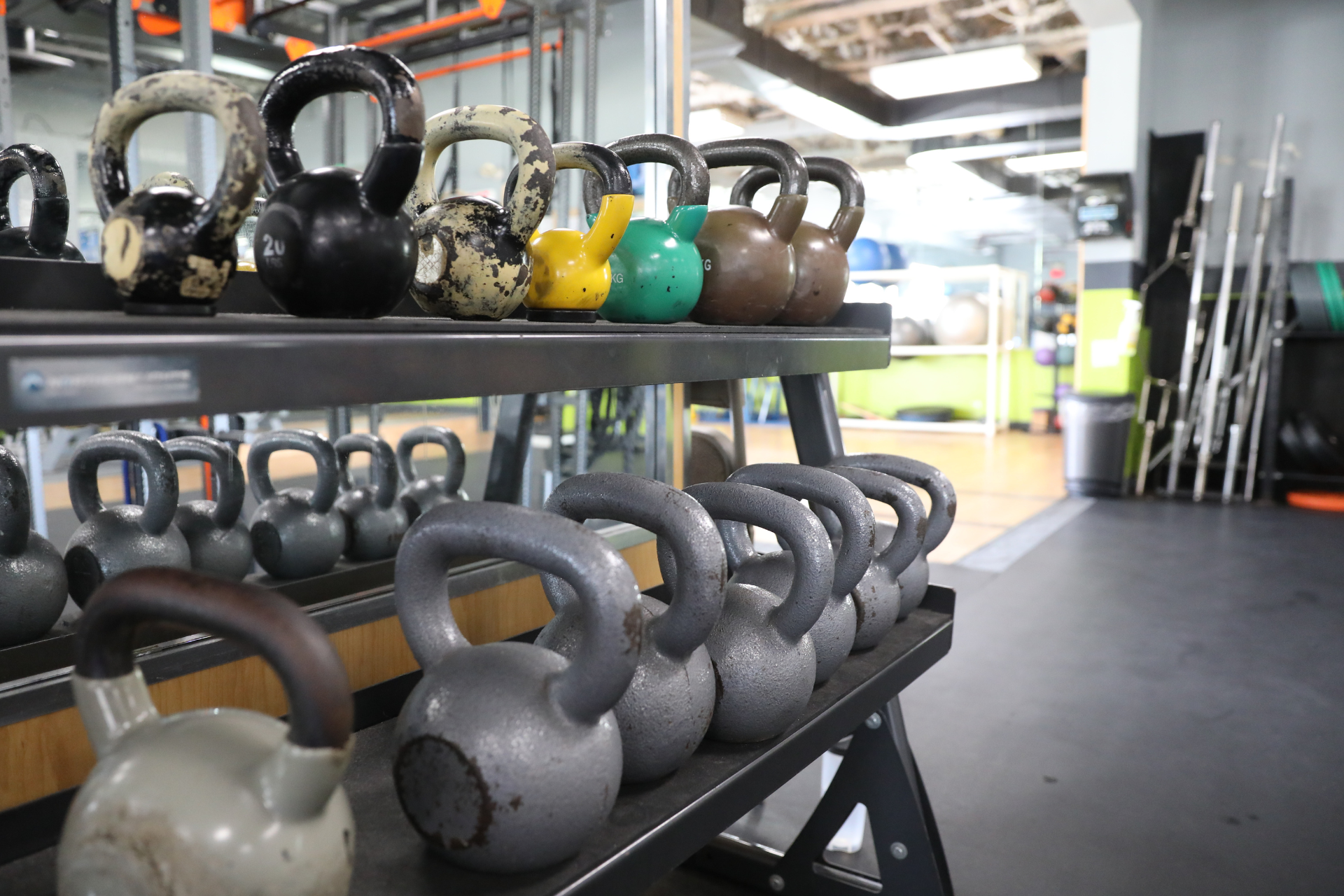By Nicole Fazio
•
September 29, 2021
Are you struggling to stay consistent with your fitness and nutritional goals? Being consistent is crucial to making long term lifestyle changes, but it is one of the biggest challenges we all face. Here are 5 strategies to help you find consistency: 1. BE REALISTIC Change takes time . There is no fast way to make lifestyle changes, so it’s imperative to make goals that make sense for you. The more attainable and realistic the goal, the more likely the goal can be accomplished. When goals and milestones are accomplished, it gives you a sense of reward and enhances your self-efficacy (i.e., the belief that you can accomplish your goals). On the other hand, if the goal we have set in place for ourselves is too difficult, it may lead to demotivation and lower self-esteem. If you want sustainable and lasting results, being realistic is the first step. 2. HAVE CLEAR GOALS Not having clear goals is like driving to a new destination without a map. Goals are important in leading us in the right direction. Goals provide you with the motivation to push yourself to work towards chane. Implementing S.M.A.R.T goals is a good place to start. S - Specific M - Measurable A - Attainable R - Relevant T - Time-Bound When setting goals, make sure to include both short term and long term goals . Short term goals help with commitment and determination by allowing you to celebrate small wins more frequently that contribute to the bigger goal in place. Long term goals give you something to focus on and strive for in the bigger picture and help focus on where you want to be in relation to where you are now. For example, you decide that you want to “Lose 5 lbs in 6 weeks.” This goal is specific, measurable, attainable, relevant, and time-bound. However, this creates the need to make smaller goals to help you get there. Just doing what you are now, unchanged, will likely not get you to your goal. For instance, you might state that you will “Lose 5lb in 6 weeks” by incorporating 1-2 servings of vegetables into every meal, by limiting take-out meals to once per week, exercising for 45 minutes 3 times per week, and going for a 30-minute walk with your dog every day. If you achieve these smaller rules/goals, you’ll be well on your way to reaching the big one. 3. CREATE A ROUTINE AND HAVE A PLAN Fail to plan and plan to fail! Having a game plan for the week ahead will help adhere to your goals, as there is less opportunity for impulsive behaviours. This may mean planning out your workouts for the week, meal prepping, and making a grocery list of healthy and balanced foods. In regards to exercise, scheduling in your workouts, and knowing what you're doing when and where, will take the stress off not knowing what to do and "winging" a sub-par workout. In turn, you will be more likely to follow through until your goal is reached. Building on these habits will make it easier to stay consistent with your goals. Stay organized! In addition, it is always a good idea to have a plan ready in case you fall into relapse. The biggest fallback for people creating healthy habits is that once you miss a workout, you eat dessert when you know you shouldn’t have, or if life just gets in the way… You say “oh well” and keep venturing down the wrong path rather than steering yourself back onto the right one. Having a plan in place in case this happens is crucial for helping with motivation post-relapse. 4. ENJOY WHAT YOU'RE DOING It is much easier to be consistent with exercise and nutrition when you enjoy what you're doing and eating. Exercise will be less of an obligation and you will be more excited to get moving. If you’re feeling stuck doing something you don't enjoy, try something new! Whether it be a new exercise class (HIIT, Spin, Yoga, Pilates etc.), getting outside, or joining a club/team. Bottom line is, you cannot be consistent if you dislike what you're doing. In regards to nutrition, implementing foods you don't enjoy will be doing yourself a disservice. Incorporating a variety of foods and flavours you love that also align with your goals is important in having a healthy attitude about food and staying consistent with your nutritional habits. 5. TRACK YOUR PROGRESS Seeing progress in yourself fuels motivation . There are several ways to track your progress: Monitor body measurements How your clothes fit Scale weight or body fat % Lifting heavier weight or doing more reps Check blood pressure Progress pictures How fast you catch your breath after you lose it Activities of daily living get easier to complete Energy levels improve Sleep gets better Tracking progress is essential to staying consistent. People get addicted to seeing results, which creates more and more motivation. When results aren’t achieved, it creates a sense of self-doubt, which reduces motivation because why would you continue if you aren’t getting any better? Even though you definitely should continue because exercise has so many benefits for you beyond the physical changes (bone, heart, emotional, cognitive health, etc.), it is still encouraging to see results and know you’re doing well. Need help with staying consistent? We have a team of friendly and well-educated personal trainers and health practitioners here at The Firm. Our mission is to educate and motivate you into living your healthiest and happiest life - even if it is just to get you started on your fitness journey. We are here to help you.








